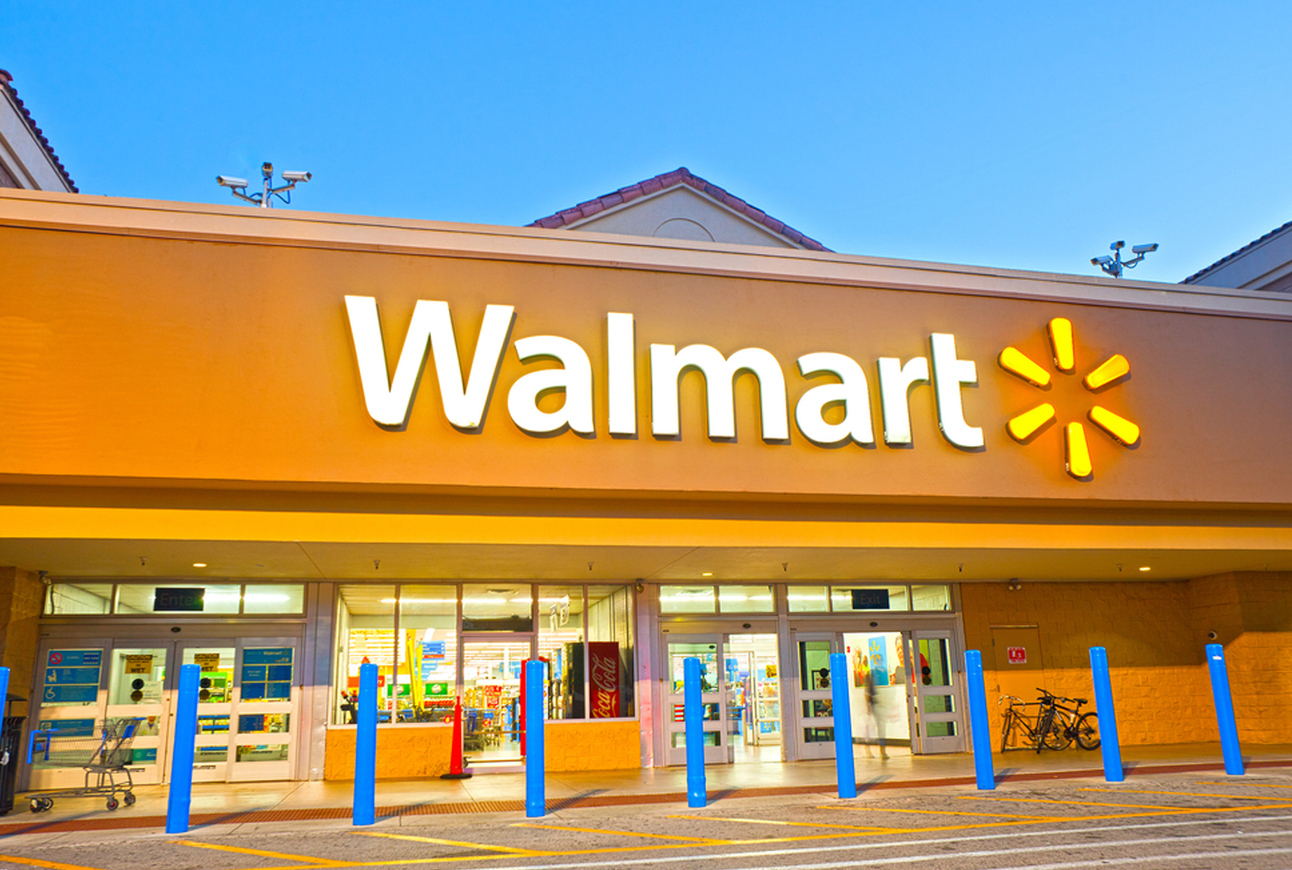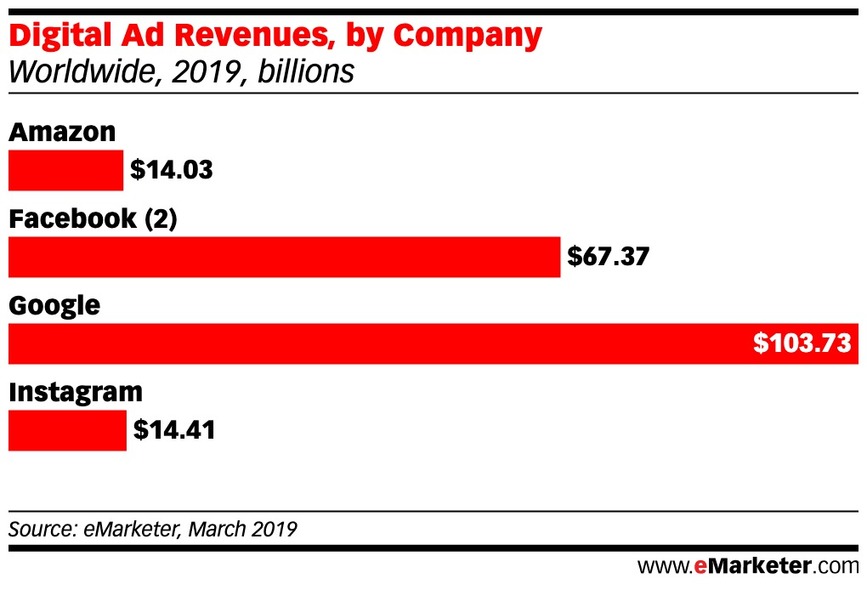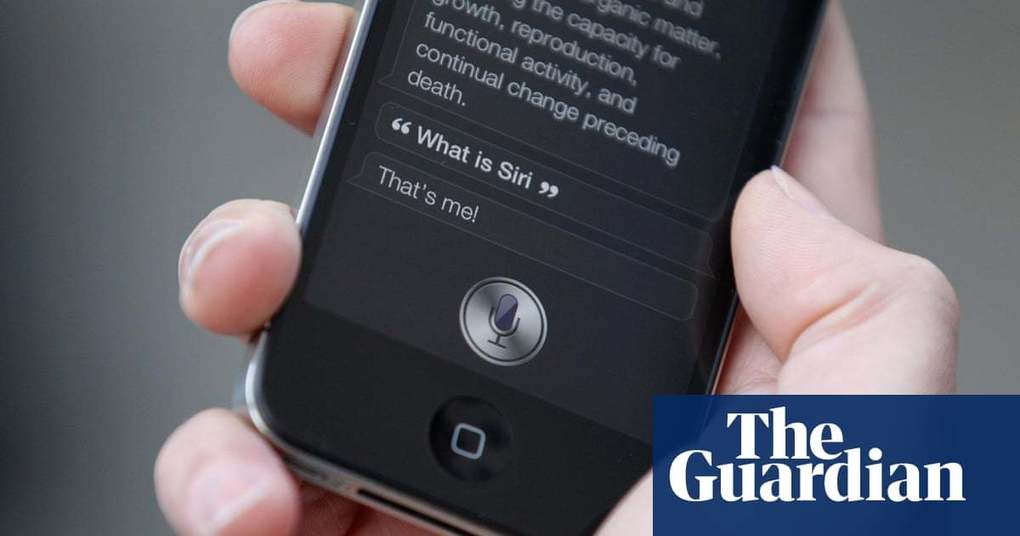Soupçon de pratiques anticoncurrentielles dans l’accord entre Amazon et Apple
Depuis peu, la Federal Trade Commission (FTC) s'intéresse à l'accord entre Apple et Amazon signé en fin d'année dernière, qui fait du géant du commerce de ligne un revendeur officiel de produits frappés d'une pomme. Un accord à l'échelle du globe ou quasi, qui permet de profiter de bonnes affaires sur du matériel qu'Apple continue de vendre au prix fort (le constructeur y gagne aussi en écoulant plus facilement ses stocks).En filigrane, cet accord est l'occasion pour la Pomme de faire le ménage dans les rayons d'Amazon, où l'on pouvait trouver tout et n'importe quoi, à tous les prix. Tout le monde n'est pas gagnant dans ce deal. Pour poursuivre leur activité sur Amazon, les vendeurs tiers et les spécialistes du reconditionné doivent obtenir un agrément officiel de la part d'Apple. Bon nombre ont été expulsés des étagères d'Amazon










